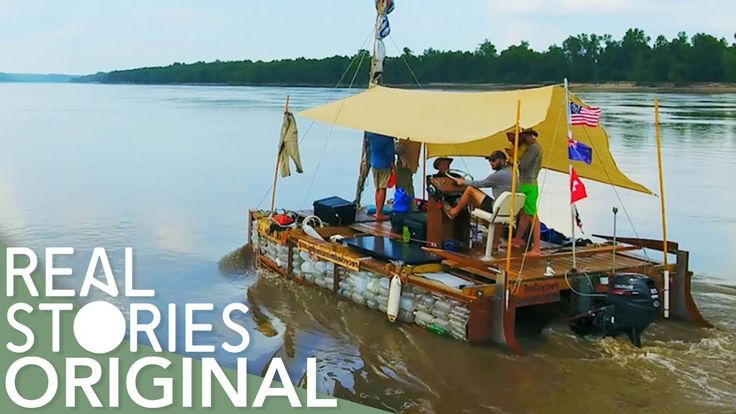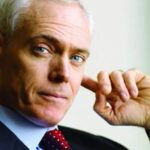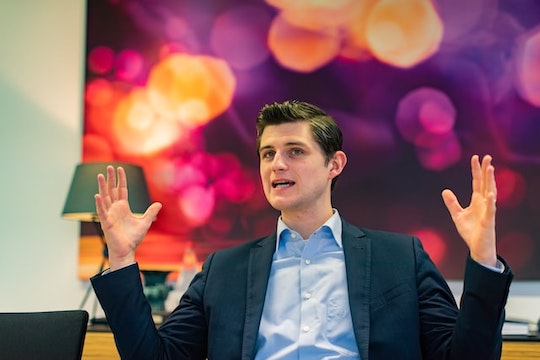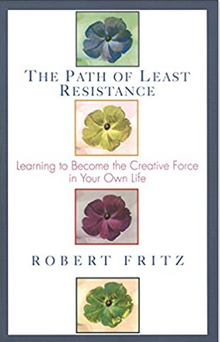“I would love to live like a river flows, carried by the surprise of its own unfolding.”
—John O’Donohue, late Irish poet, author, philosopher
 I recently attended a webinar on leadership resilience led by Mike Rochelle, a former three star general. He shared a story about the “Type A Personality Modification” class that was part of his military leadership development.
I recently attended a webinar on leadership resilience led by Mike Rochelle, a former three star general. He shared a story about the “Type A Personality Modification” class that was part of his military leadership development.
As a person who lived by his wristwatch, Mike was always in a rush to maximize his efficiency and effectiveness. His instructor gave him the assignment to go without his watch for a full week to see what happened.
During that week Mike discovered a whole new world of sights, sounds, and feelings previously hidden by his laser focused approached of getting from point A to point B. He began living life like a river and became much more present to its unfolding, and of course, the many people guided by his leadership.
EXERCISE:
Check out the 15-minute 2018 adventure documentary, Traveling on Trash by Dan Cullum and his friends, who traveled the 2,000 miles of the Mississippi River in 56 days. I hope that you, too, get caught up by the unfolding of its story.














